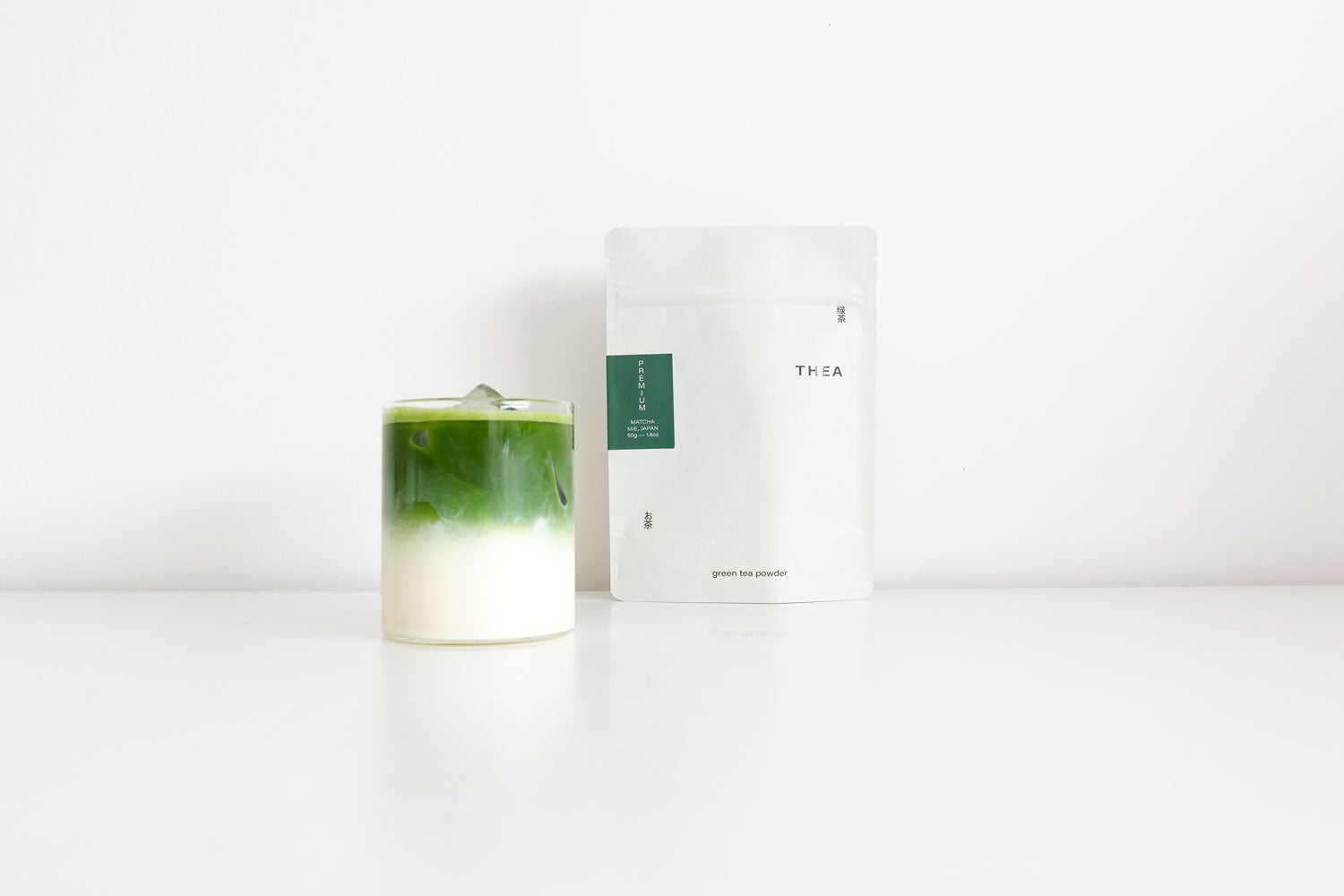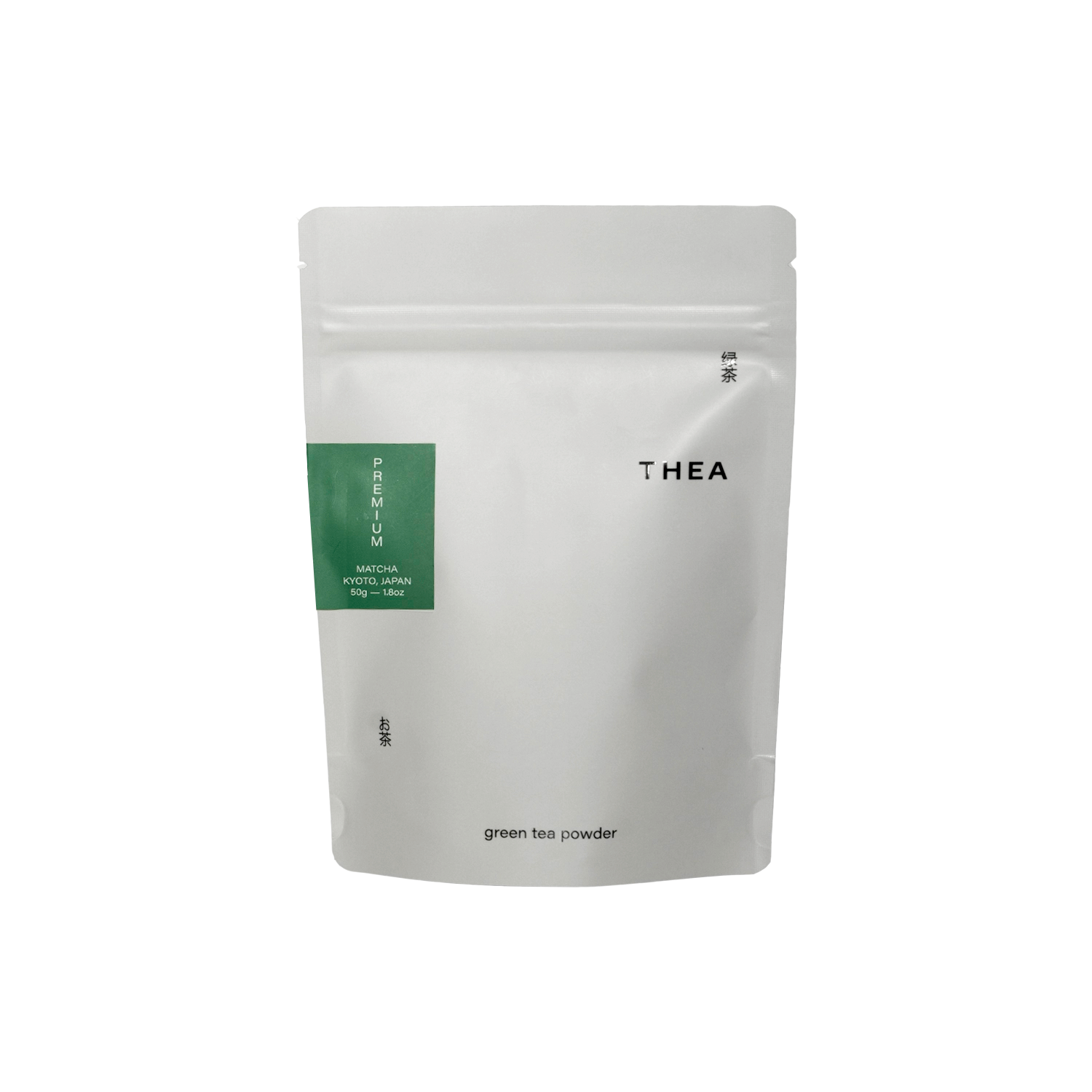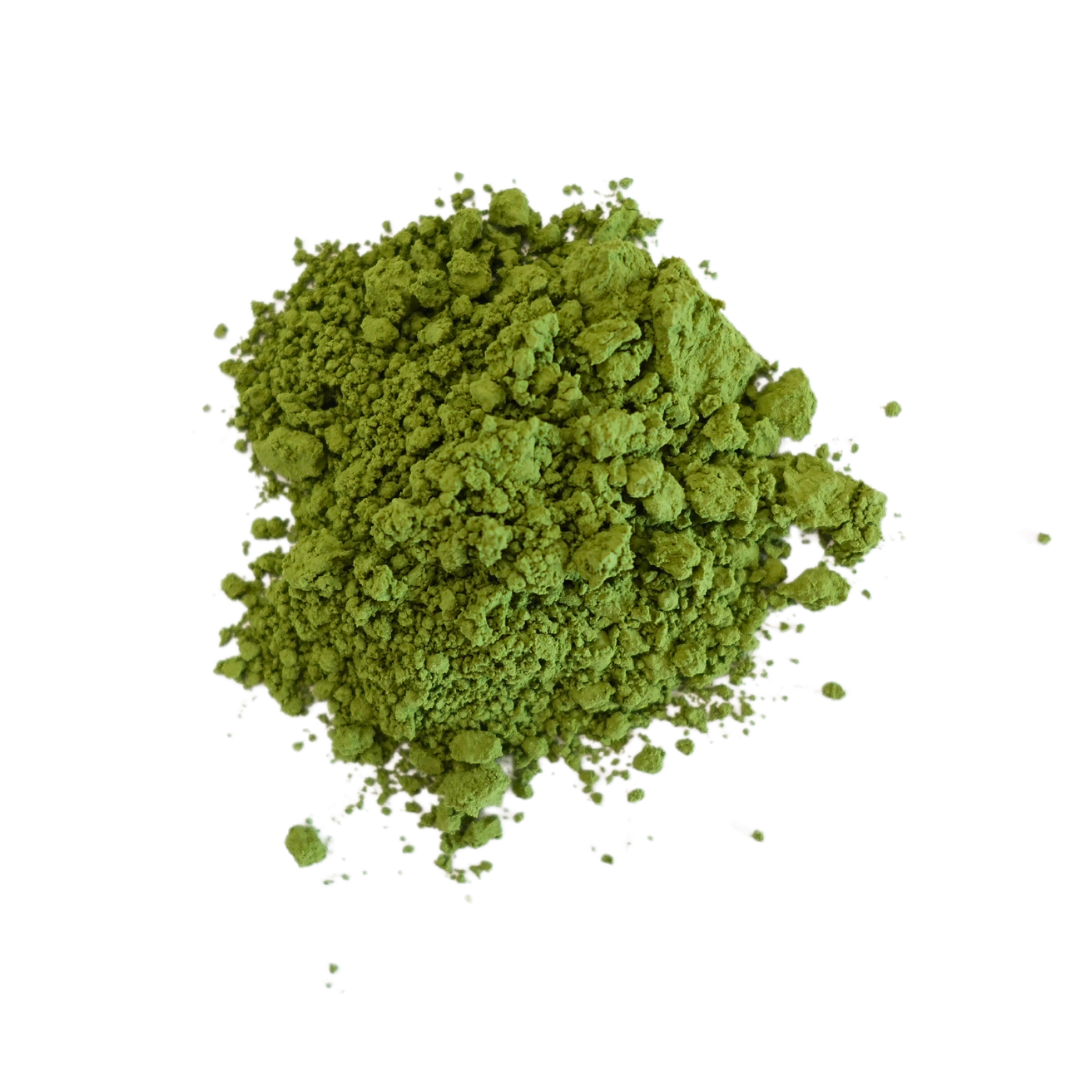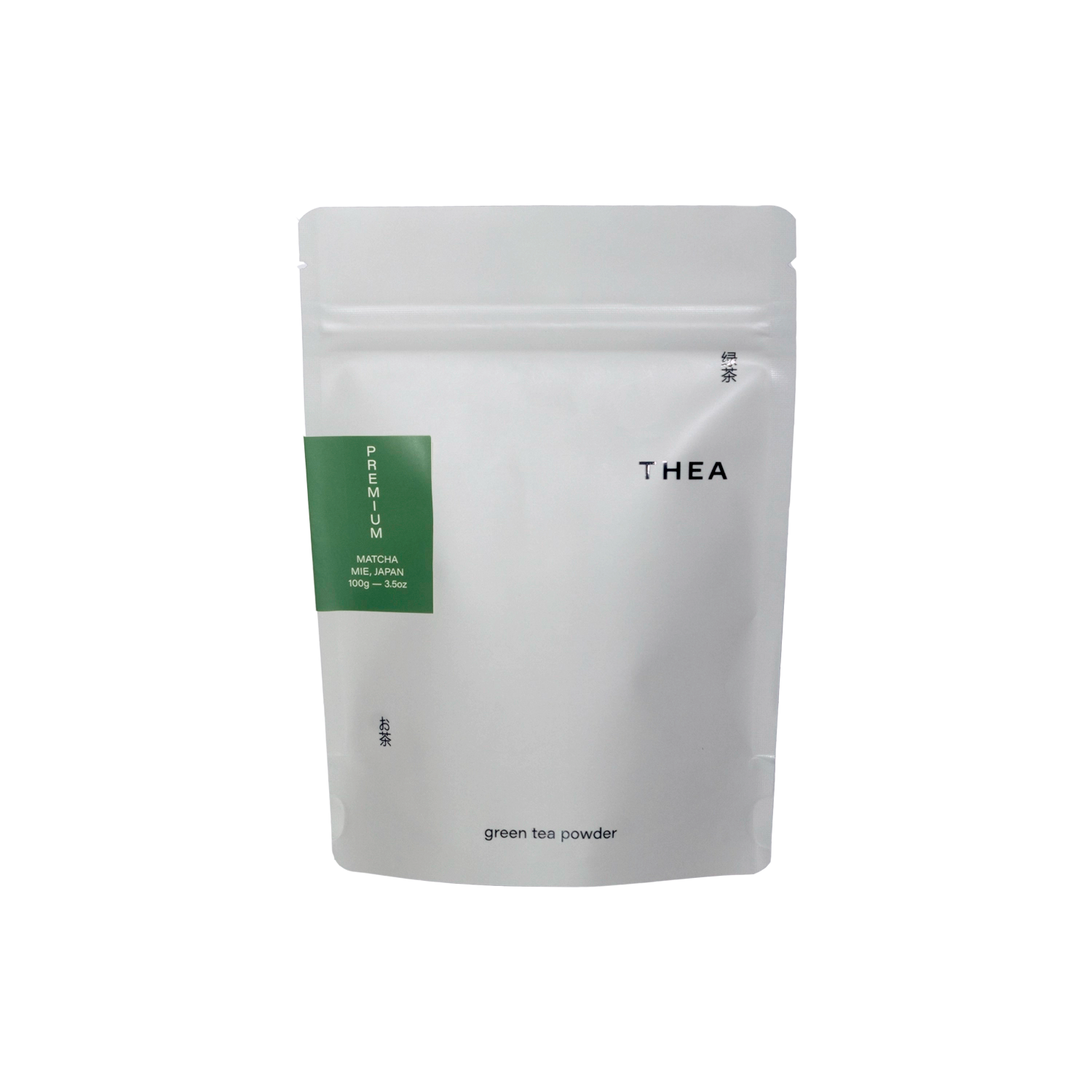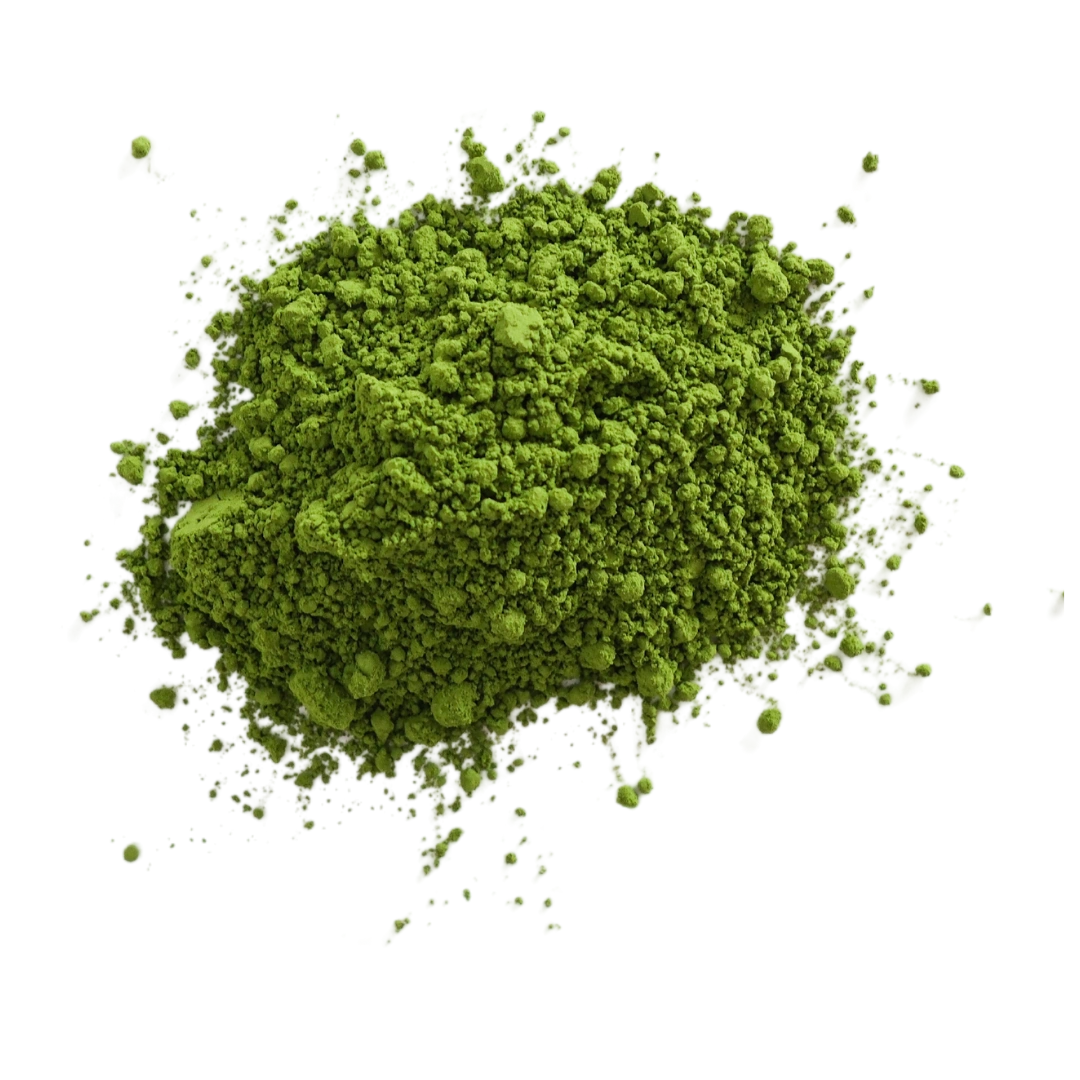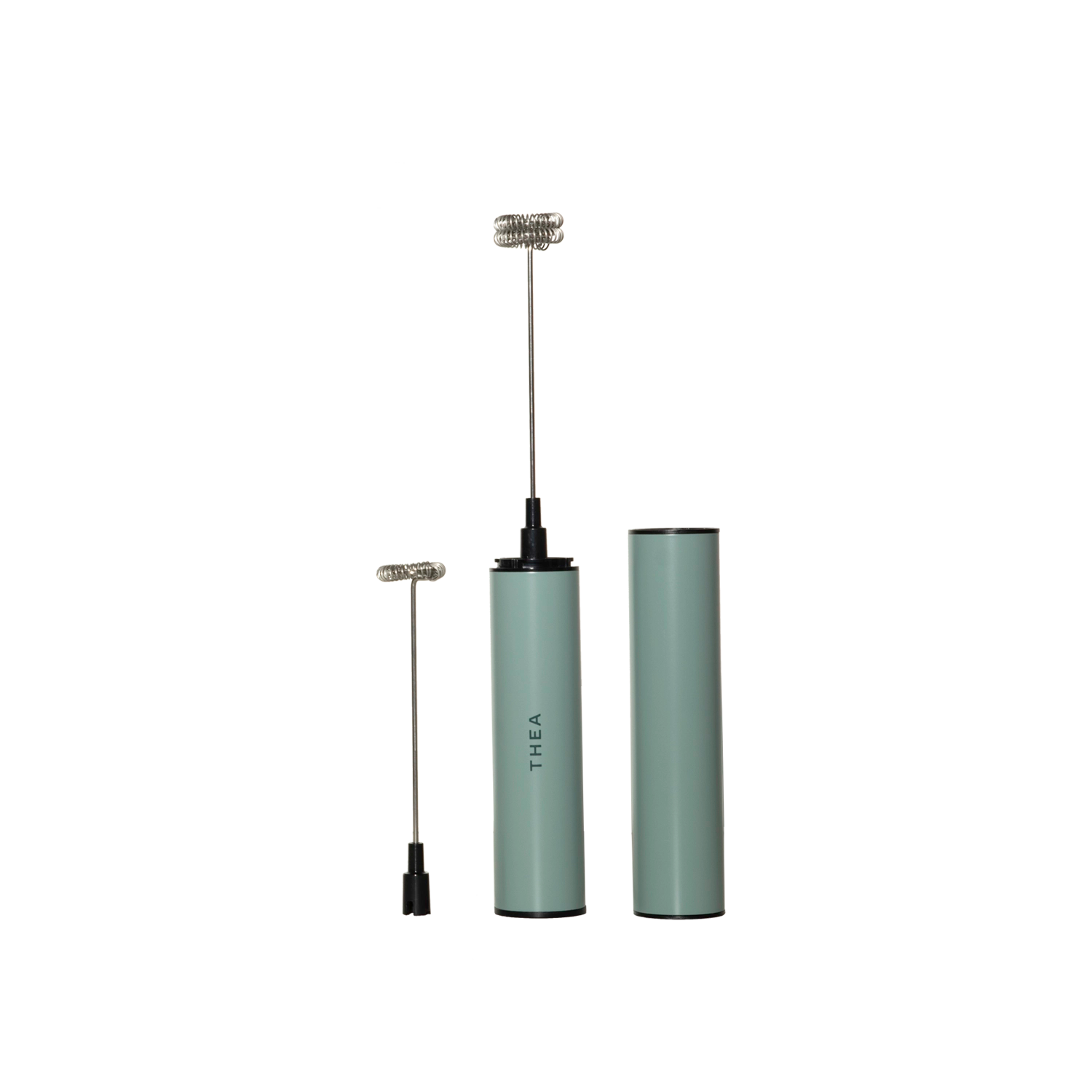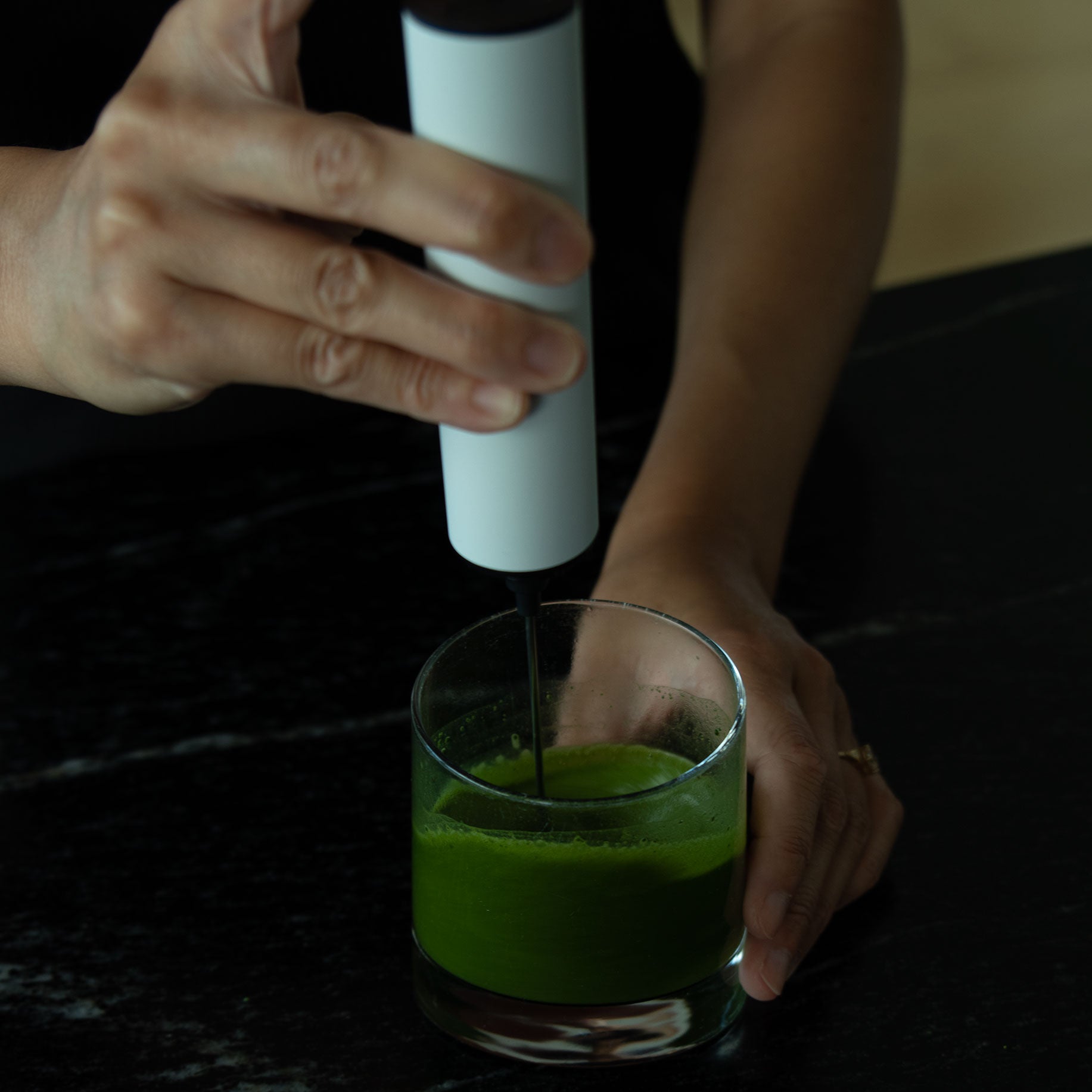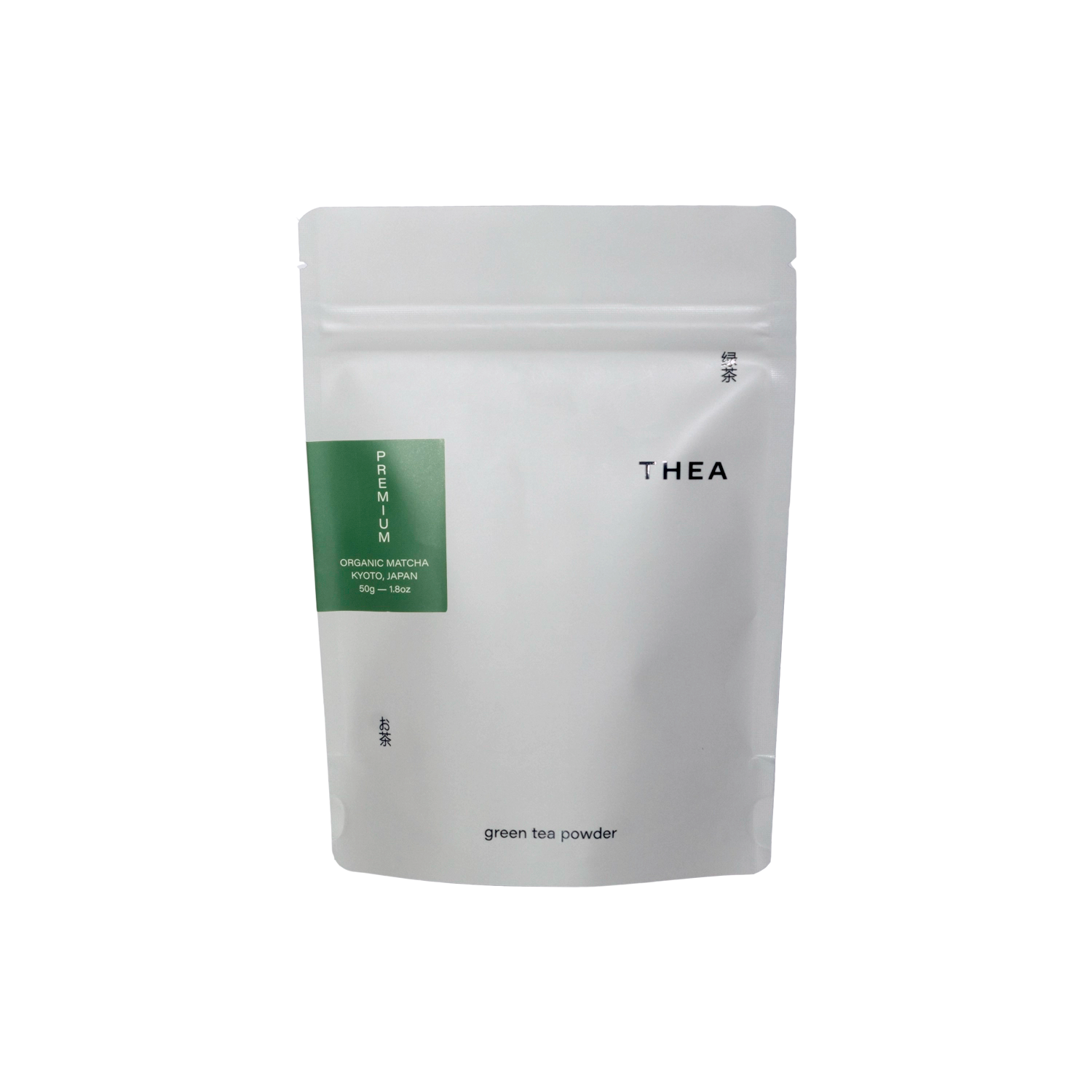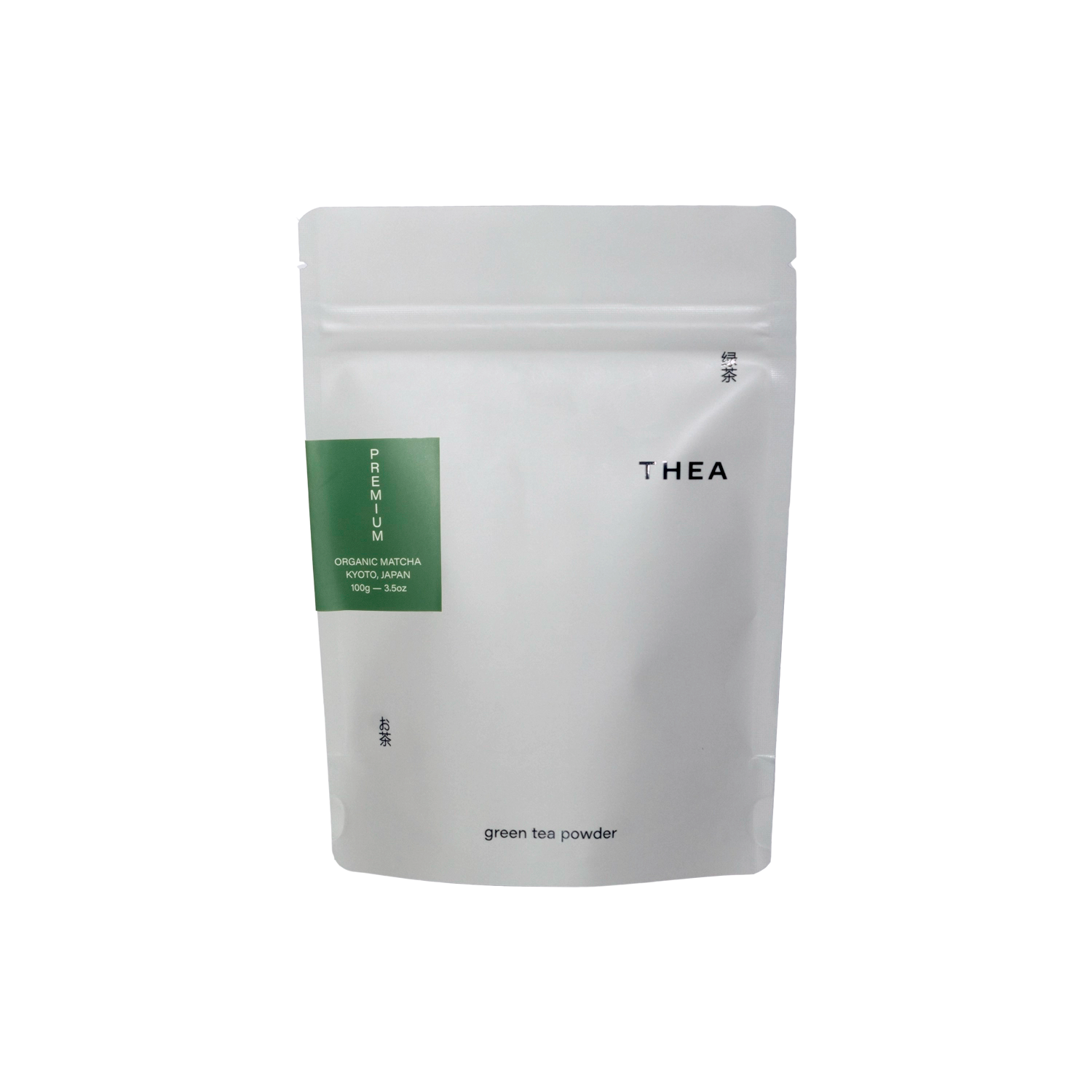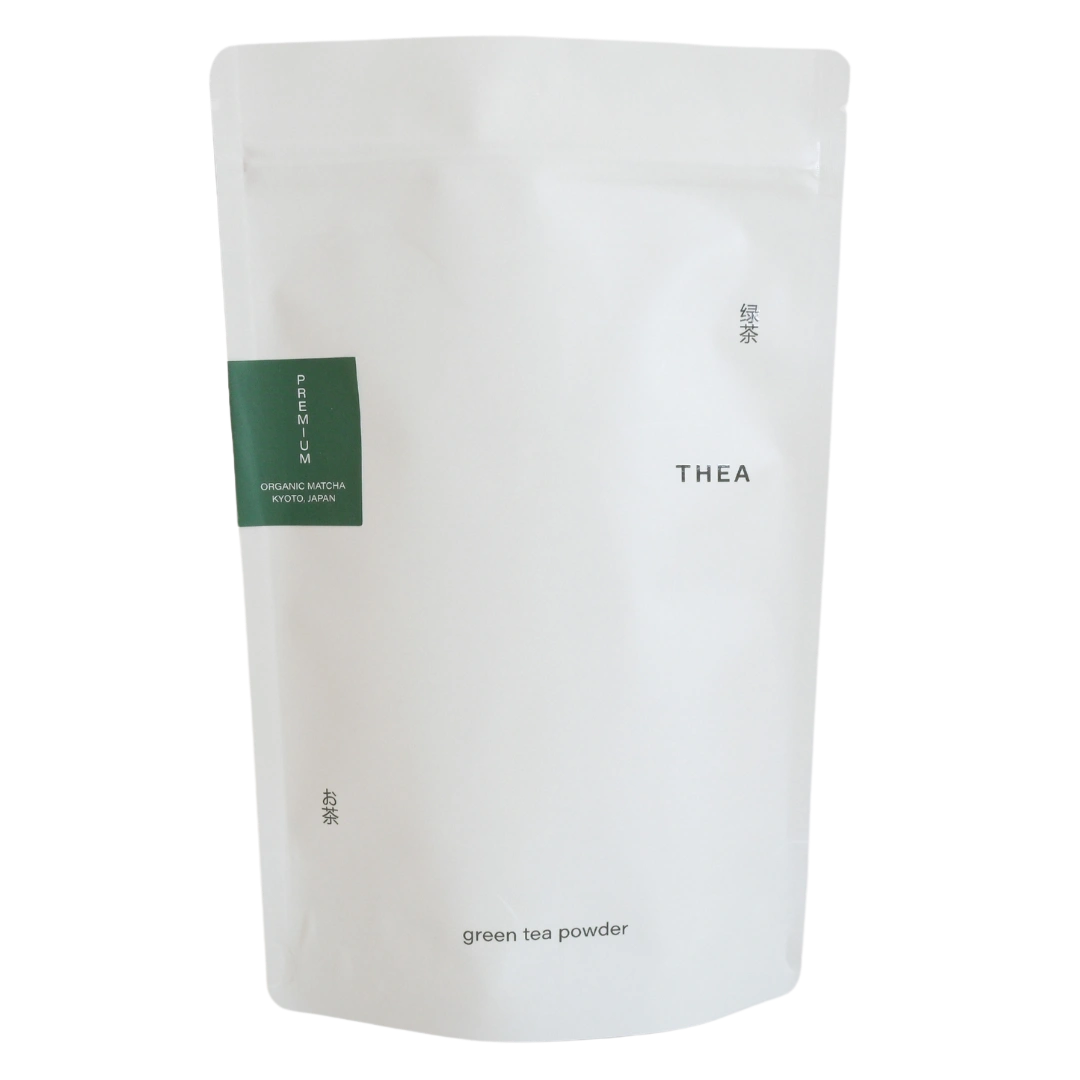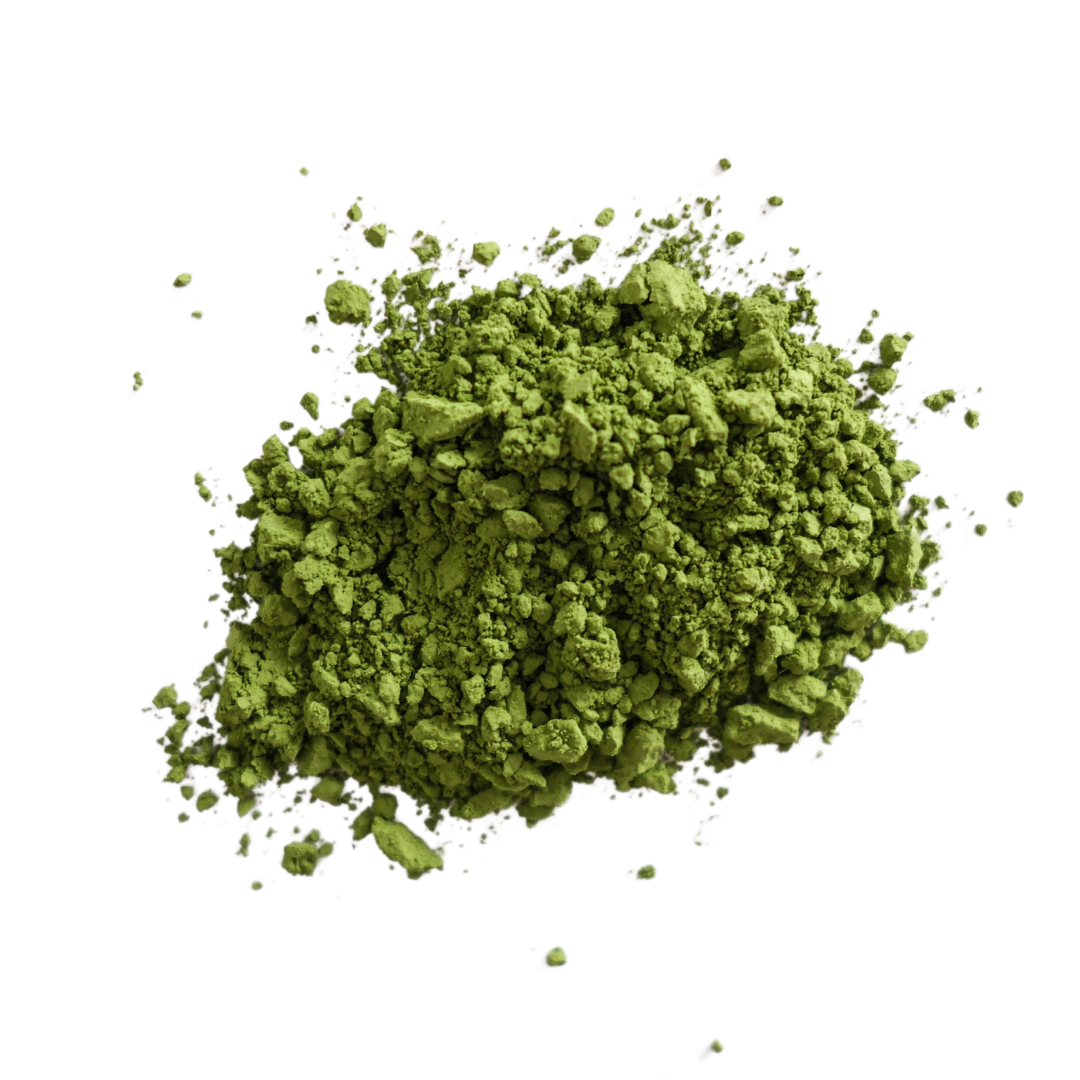Matcha vs. Green Tea: What’s the Difference?
Hi matcha lovers and green tea enthusiasts! If you’ve stumbled upon this article, you’re probably as passionate about tea as we are. Whether you’re a seasoned tea drinker or just starting your journey, understanding the differences between matcha and green tea can elevate your appreciation for these traditional Japanese beverages.
Let’s dive into the world of matcha and green tea, exploring their histories, origins, preparations, and more.
What is Matcha?

Matcha is a type of green tea made from finely ground powdered tea leaves. Unlike traditional green tea, where the leaves are steeped in water and then removed, matcha powder is dissolved in water through a process of whisking. When done right, this unique preparation method results in a vibrant green drink with a strong umami flavour.
The History of Matcha
Matcha’s origins trace back to China during the Tang Dynasty (618–907 AD), where tea leaves were steamed and formed into bricks for storage and trade. It was during the Song Dynasty (960–1279 AD) that the method of grinding tea leaves into powder and whisking it with hot water began. However, it was in Japan where matcha truly flourished, thanks to the influence of Zen Buddhist monks who brought the tea from China. The monks used matcha in their meditation practices, valuing its calming yet energising effects. Over time, matcha became an integral part of Japanese culture, especially in traditional tea ceremonies. So you could say "matcha was born in China, but perfected in Japan"
Where is Matcha Grown?

While matcha is most famously associated with Japan, it is also grown in China and Korea. However, Japan is renowned for producing the highest quality matcha. Key regions in Japan known for their superior matcha include Uji in Kyoto (this is where ours is grown), Mie which is west of Kyoto, Yame, Kagoshima, Nishio in Aichi, and Shizuoka. The unique climate, soil, and meticulous cultivation methods in these regions contribute to the exceptional quality of Japanese matcha. However, not all regions produce the same quality tea - think of comparing the same concepts to wine.
How Matcha and Green Tea are Prepared
Matcha and green tea may come from the same plant, Camellia sinensis, but their preparation methods are quite different:
- Matcha: To prepare matcha, tea plants are shaded for about three weeks before harvest to increase chlorophyll levels and boost amino acids, giving the leaves a vibrant green colour. After harvesting, the leaves are steamed, dried, and ground into a fine powder.
Matcha is typically prepared by sifting the powder into a bowl with a spout (chawan), adding hot water (ideally at 60°C), and whisking until frothy using a bamboo whisk (chasen). Today, people also use an electric whisk.
- Green Tea: Green tea leaves are harvested, steamed or pan-fried to prevent oxidation, and then dried.
For brewing, green tea is steeped in hot water, usually around 75°C to 80°C, for a few minutes before the leaves are removed. This method extracts the flavour and nutrients from the leaves without consuming the leaf itself.
Tencha vs. Sencha vs. Gyokuro
Understanding the differences between Tencha, Sencha, and Gyokuro can further enhance your appreciation for matcha and green tea:
- Tencha: These are the tea leaves used to make matcha. After harvesting, Tencha leaves are steamed and dried without rolling, which preserves their delicate structure. Tencha is then ground into the fine powder known as matcha.
- Sencha: This is the most common type of green tea in Japan. The leaves are steamed, rolled, and dried, giving them a needle-like shape. Sencha is known for its fresh, grassy flavour and is typically brewed at around 75°C to 80°C.
- Gyokuro: Similar to matcha, Gyokuro is shaded before harvest, but the leaves are rolled and dried rather than ground into powder. This shading process enhances the tea’s sweetness and umami flavour. Gyokuro is usually brewed at a lower temperature, around 50°C to 60°C, to preserve its delicate flavours.
Matcha Latte Recipe

Now that you’re well-versed in the world of matcha and green tea, let’s make a delicious matcha latte. This creamy, vibrant drink is perfect for both matcha newbies and seasoned enthusiasts.
Ingredients:
- 1 teaspoon Thea matcha powder
- 50ml hot water (60°C)
- 100 ml milk (dairy or plant-based)
- 1 teaspoon honey or sweetener (optional)
Instructions:
- Sift Matcha: Use a fine-mesh sieve to sift 1 teaspoon of matcha powder into a bowl. This helps prevent clumps and ensures a smooth texture.
- Add Water: Pour 50ml of hot water (at 60°C) into the bowl with the matcha powder.
- Whisk: Using a bamboo whisk (chasen), whisk the matcha and water together in a zigzag motion until frothy and well combined.
- Heat Milk: In a small saucepan, heat 100ml of milk over medium heat until hot but not boiling. If you prefer, you can also froth the milk using a milk frother.
- Combine: Pour the frothy matcha into a cup, then add the hot milk. Stir gently to combine.
- Sweeten: Add honey or your preferred sweetener to taste. Stir well.
- Enjoy: Sip and enjoy your homemade matcha latte!
And that’s it! We hope you now have a better understanding of the differences between Matcha and Green Tea because this will help you enhance every sip.
For the best matcha on the market in New Zealand, find our entire online store here.
-----------------------------------------------------------------------------------------------------------

